‘Hedonistic and avant-garde’: Rabanne’s Julien Dossena on the legacy of the chainmail 1969 bag
Paco Rabanne’s 1969 chainmail handbag encapsulates the late designer’s futuristic, space-age style. Current creative director Julien Dossena tells Wallpaper* about the bag’s particular pleasures
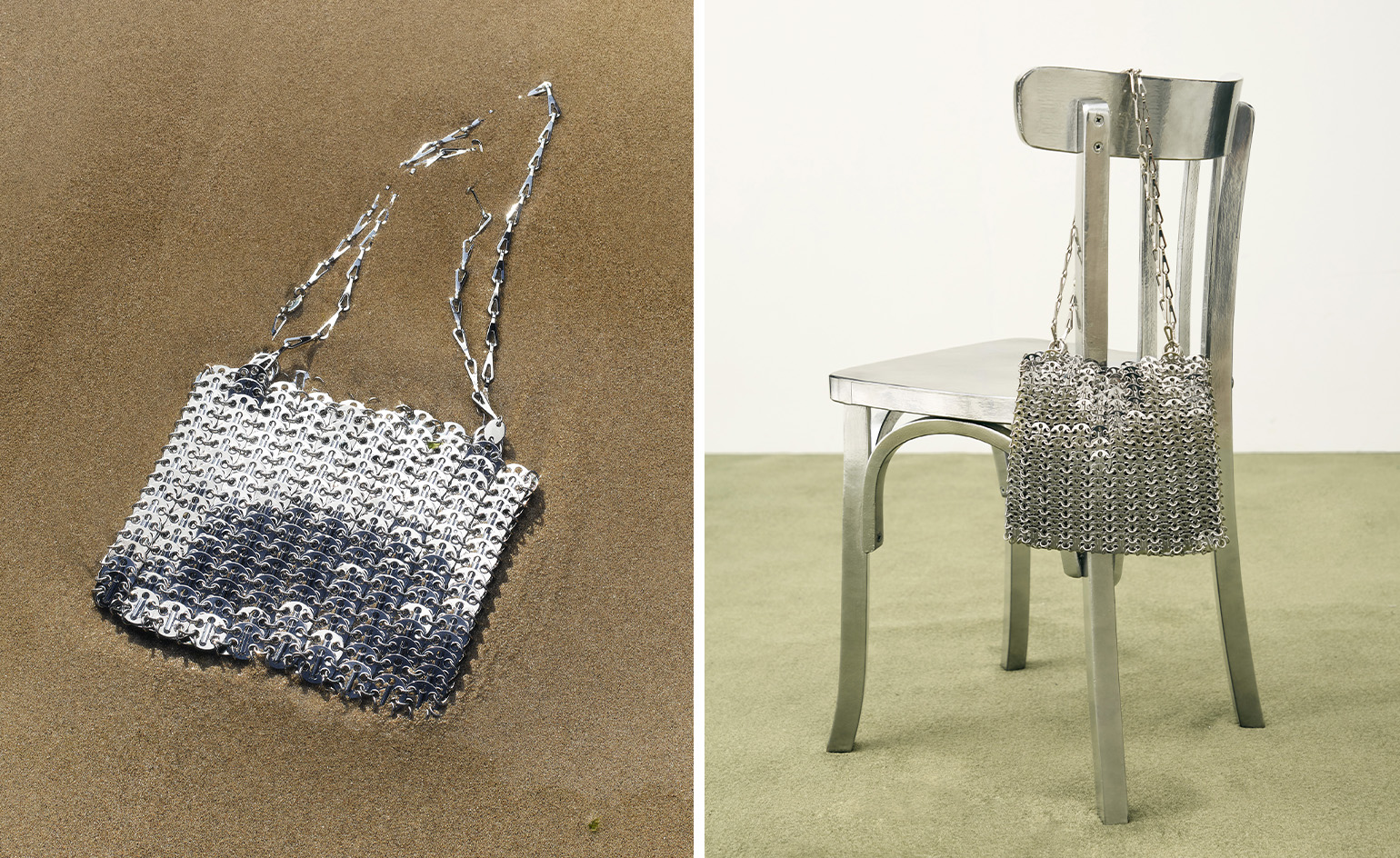
Three hundred and sixty-seven gleaming ‘pastilles’ of metal, each one attached together by hand, make up Rabanne’s ‘1969’ chainmail handbag, an emblem of the eponymous designer’s utopian vision for fashion which – alongside André Courrèges and Pierre Cardin – would define the Space Age spirit of the 1960s. ‘I defy anyone to design a hat, coat or dress that hasn’t been done before,’ Paco Rabanne said in 1966. ‘The only new frontier left in fashion is the finding of new materials.’ Metal would become his favoured medium, creating pieces in chainmail and metal paillettes that looked descended from another planet.
‘When you wear Rabanne chainmail, it’s really a feeling. There is a sensation between the garment and the skin,’ current creative director Julien Dossena told Wallpaper* in the September 2023 Style Issue. ‘He was fighting against the old rules, the old world. Even aesthetically, he didn’t understand couture, and he didn’t want to understand.’
‘Hedonistic and avant-garde’: Julien Dossena on the ‘1969’ bag
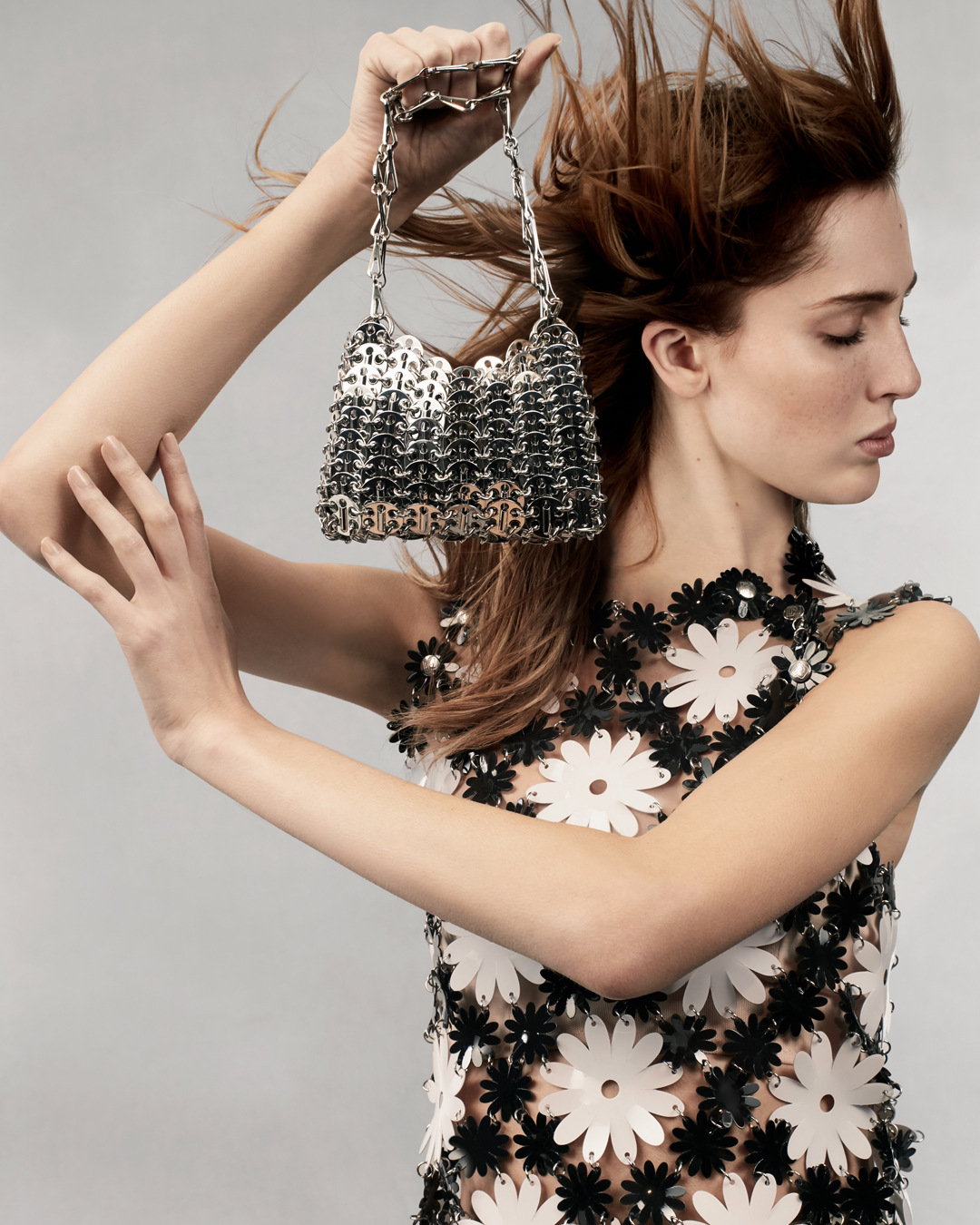
The ‘nano’ version of the ‘1969’ bag (available at Selfridges), which now has numerous iterations – including those adorned with raffia, medals and pendants
That said, the ‘1969’ handbag had more humble beginnings, its starting point a steel apron traditionally worn by butchers in France to protect them from the sharp implements of their trade. Using just a pair of pliers – of a type still used to attach the bag's hooks and pastilles today – the apron’s protective disks were recrafted into the simple, foldover bag. Its original handles were made from the handles of toilet flush chains, recalling Marcel Duchamp’s ready-mades.
’It was on its own a symbol of design in the 20th century, and has become timeless – super desirable, culturally charged and radical at the same time,’ says Dossena as the ‘1969’ bag becomes central to his evolution of Rabanne, which last year saw the house drop the ‘Paco’ (there was also the launch of a Diane Kendal-led Rabanne make-up line in similarly Space Age packaging, and a clothing and homeware collaboration with H&M, which included sequin-disk door curtains and lamps). ’It was not even a question to revive it because it was living its life already.’
Of its particular appeal – which has seen numerous iterations, including the ‘nano’ and ‘mini’, the latter the size of an iPhone – Dossena credits the way it evokes ‘a lifestyle, hedonistic and avant-garde, sensual and modernist’. Indeed, its sinous form is designed to trace the line of the body – like the house’s chainmail gowns, immortalised by Jane Fonda in Barbarella – and was worn by figures of French cinema like Brigitte Bardot and Jane Fonda. So distinctive was its design in the late 1960s and early 1970s, it needed no label or logo (something that endures over half a century on). Wearers also talk of a signature ‘swish’ sound upon movement.
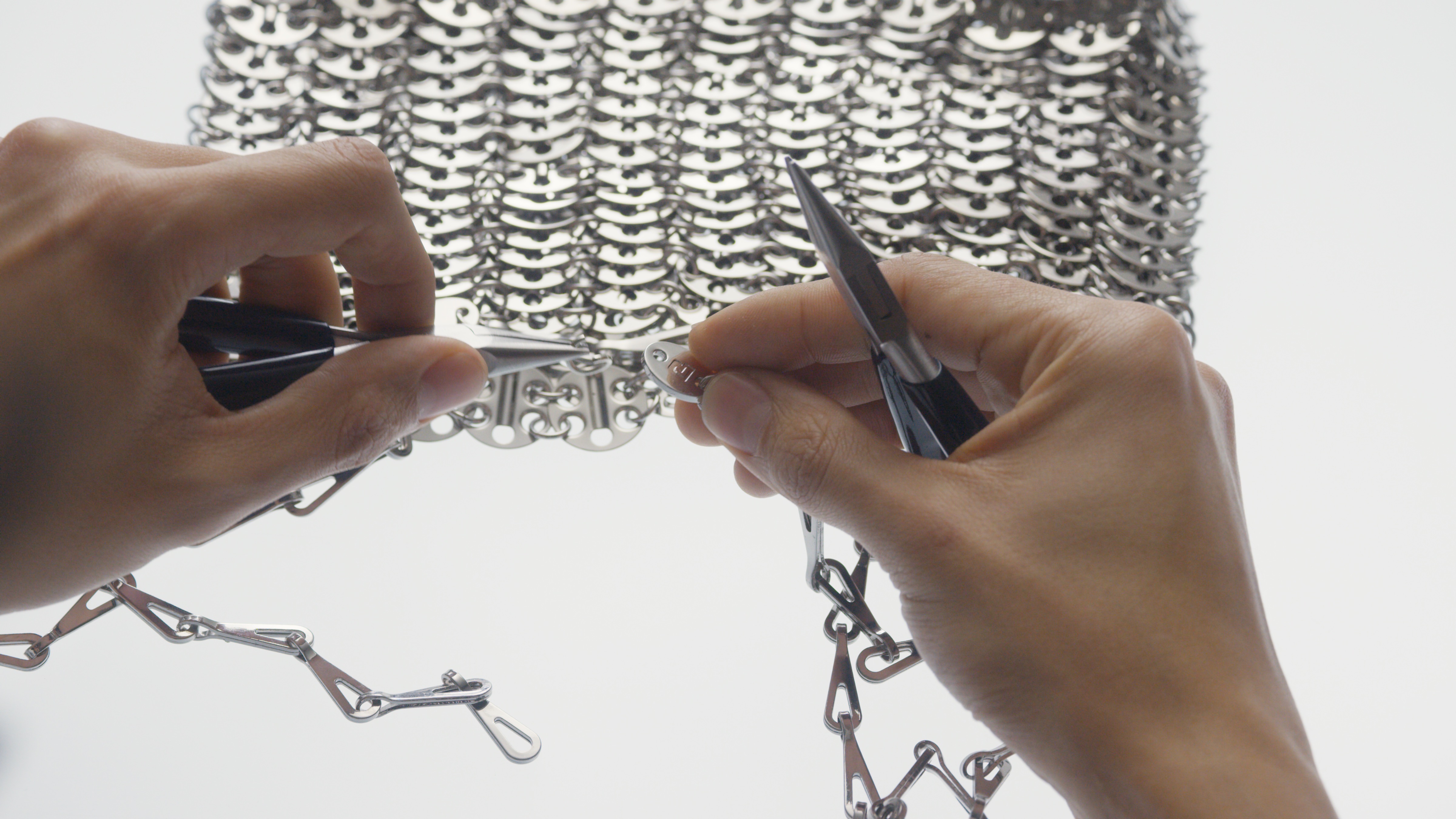
The making of a ‘1969’ bag, where each ‘pastille’ is linked by hand using pliers
‘It’s all handmade,’ says Dossena of the bag’s unique brand of savoir-faire. ‘The rings which link the metal pieces are all opened and closed with a plier. It’s really demanding craft [but it] creates that magic articulated liquid-like metal.’
As for how he hopes a woman might feel wearing the ‘1969’ – which he brought back at the start of his tenure – he hopes it reflects the liberated spirit of the era in which it was created. ‘I hope they feel like they are wearing an extraordinary piece of craft,’ he says. ’I want them to feel free to mix it with their own clothes.’ Summer 2024 sees the addition of 1969 bags adorned with colourful raffia fringing, gobstopper ‘pampille’ pendants and golden medals (an apt accessory for an Olympic summer).
Receive our daily digest of inspiration, escapism and design stories from around the world direct to your inbox.
It is all part of the evolution of Rabanne that has taken place under Dossena’s ten-year tenure, a relative lifetime in the ever-turning merry-go-round of designer appointments and exits. ‘Now, there’s a perception of the brand that is completely different [to when I started],’ he said last year. ‘First, it was the industry insiders that were sceptical about what Rabanne could be. Then we got them on side. Now, Rabanne is going mainstream. I can feel the evolution.’
The ‘1969’ bag is available from Rabanne’s website, as well as at Selfridges.
Jack Moss is the Fashion & Beauty Features Director at Wallpaper*, having joined the team in 2022 as Fashion Features Editor. Previously the digital features editor at AnOther and digital editor at 10 Magazine, he has also contributed to numerous international publications and featured in ‘Dazed: 32 Years Confused: The Covers’, published by Rizzoli. He is particularly interested in the moments when fashion intersects with other creative disciplines – notably art and design – as well as championing a new generation of international talent and reporting from international fashion weeks. Across his career, he has interviewed the fashion industry’s leading figures, including Rick Owens, Pieter Mulier, Jonathan Anderson, Grace Wales Bonner, Christian Lacroix, Kate Moss and Manolo Blahnik.
-
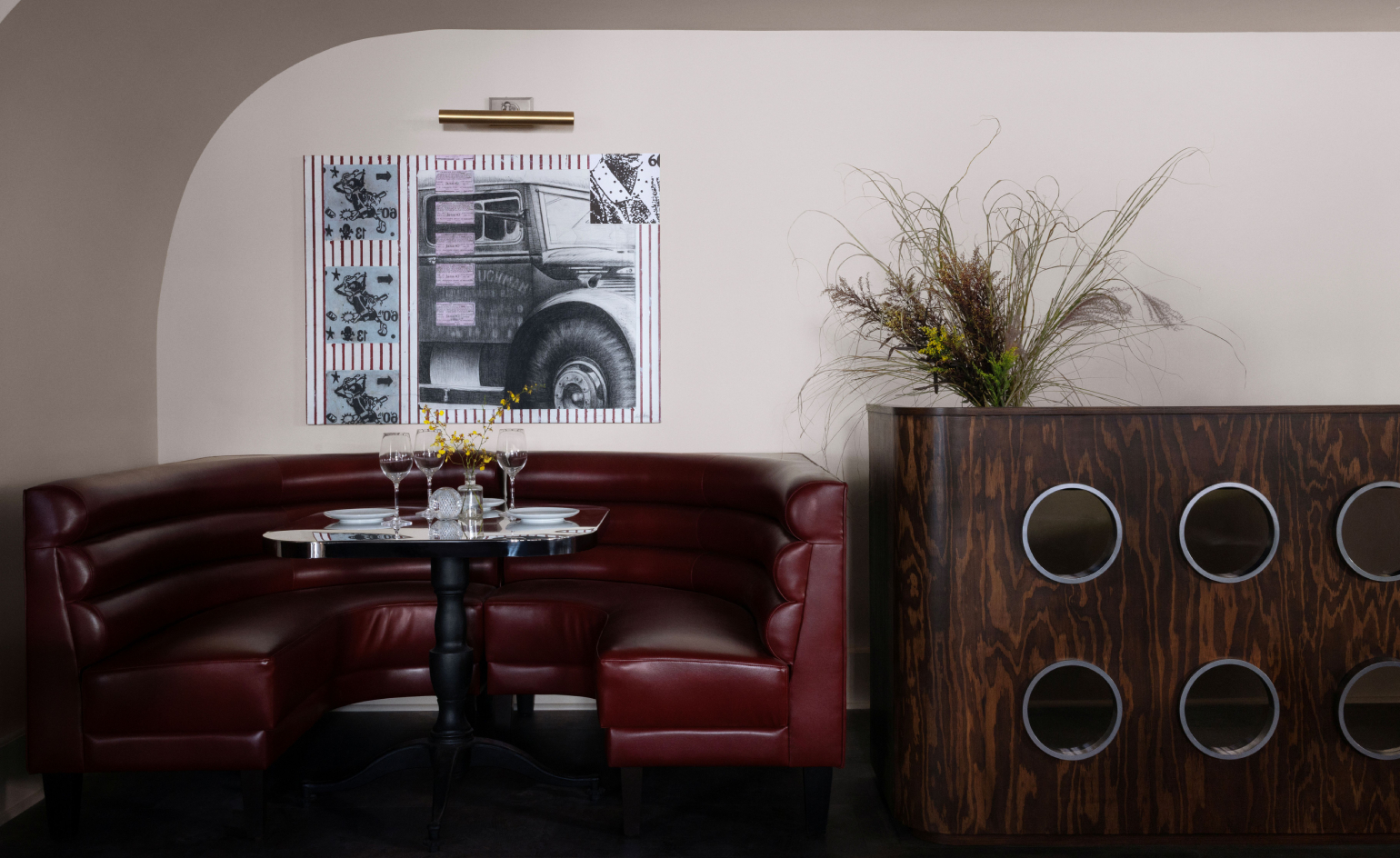 This late-night hangout brings back 1970s glam to LA’s Sunset Boulevard
This late-night hangout brings back 1970s glam to LA’s Sunset BoulevardGalerie On Sunset is primed for strong drinks, shared plates, live music, and long nights
-
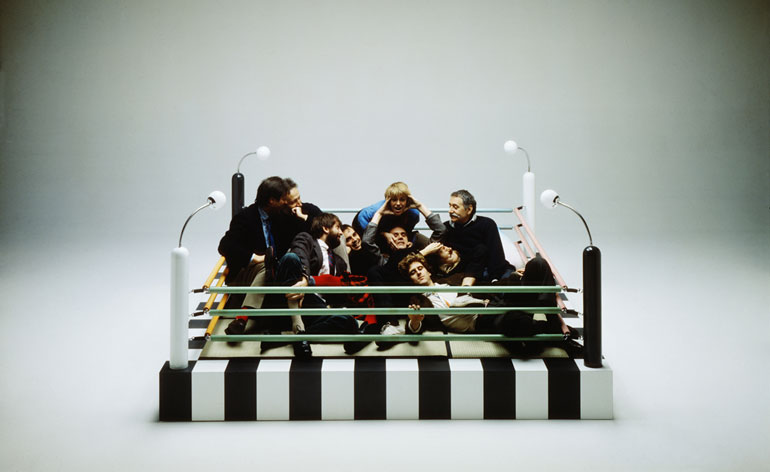 How Memphis developed from an informal gathering of restless creatives into one of design's most influential movements
How Memphis developed from an informal gathering of restless creatives into one of design's most influential movementsEverything you want to know about Memphis Design, from its history to its leading figures to the pieces to know (and buy)
-
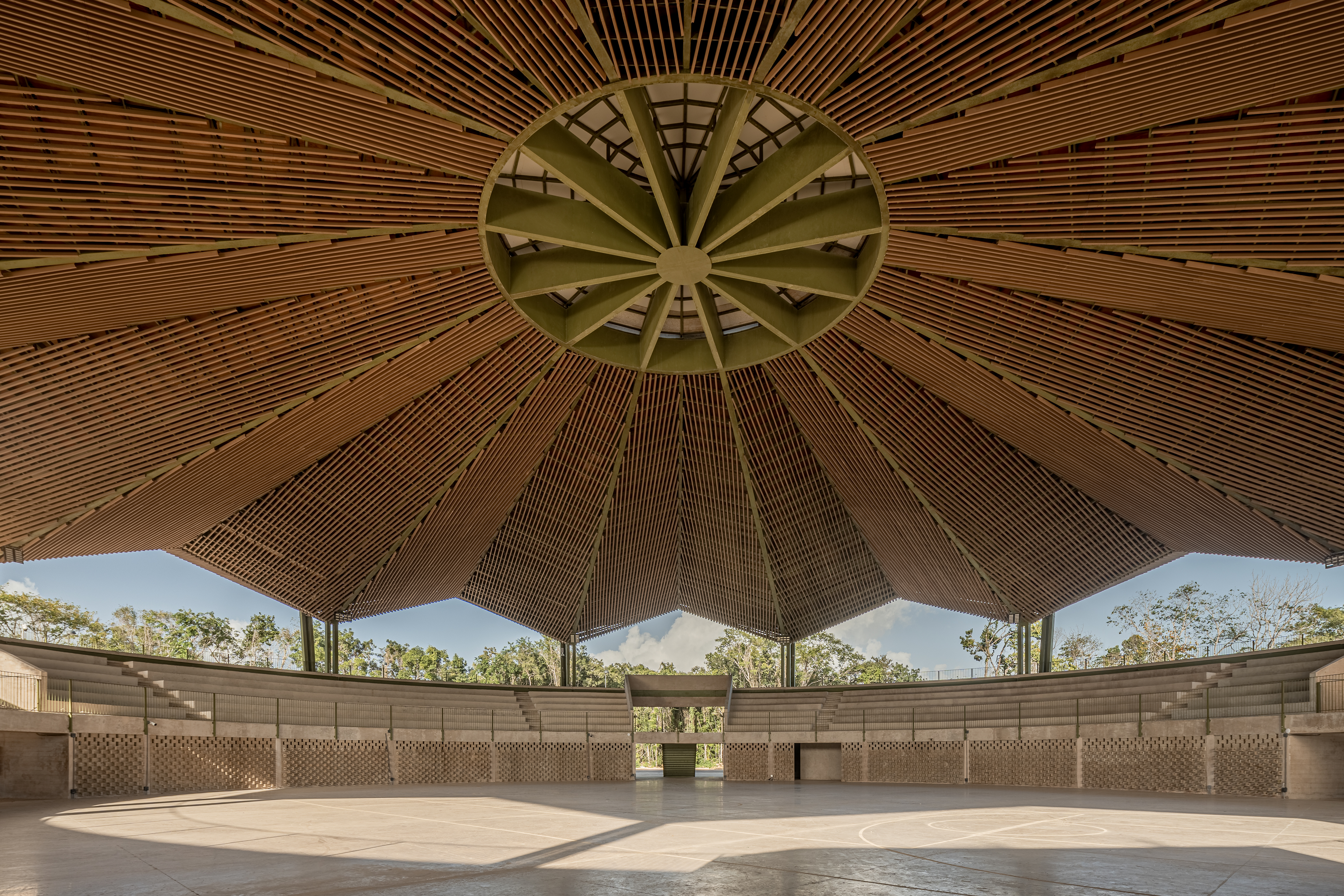 Aidia Studio's mesmerising forms blend biophilia and local craft
Aidia Studio's mesmerising forms blend biophilia and local craftMexican architecture practice Aidia Studio's co-founders, Rolando Rodríguez-Leal and Natalia Wrzask, bring together imaginative ways of building and biophilic references
-
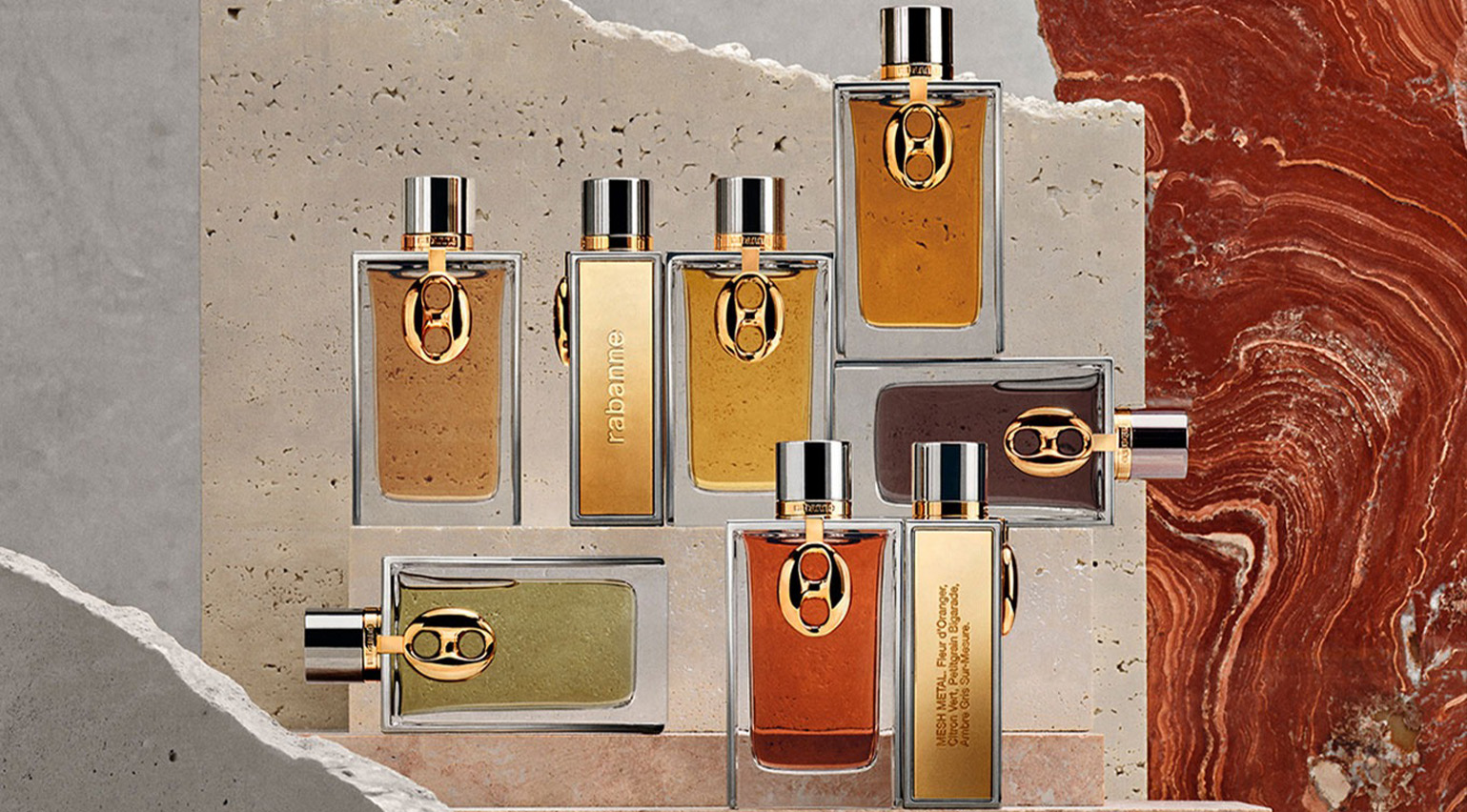 Rabanne’s fine fragrance collection smells like chainmail and strawberries
Rabanne’s fine fragrance collection smells like chainmail and strawberriesRabanne’s debut collection of fine fragrances includes perfumes ‘Midnight Sex’ and ‘Silver Skin’, a scent that evokes the feeling of a chainmail dress skimming the body
-
 Rabanne Beauty’s first wet-look lipsticks are radically glossy
Rabanne Beauty’s first wet-look lipsticks are radically glossyAhead of the launch of Rabanne Beauty's Dramalips lipstick, we speak to creative director Diane Kendal about why she loves working with the brand
-
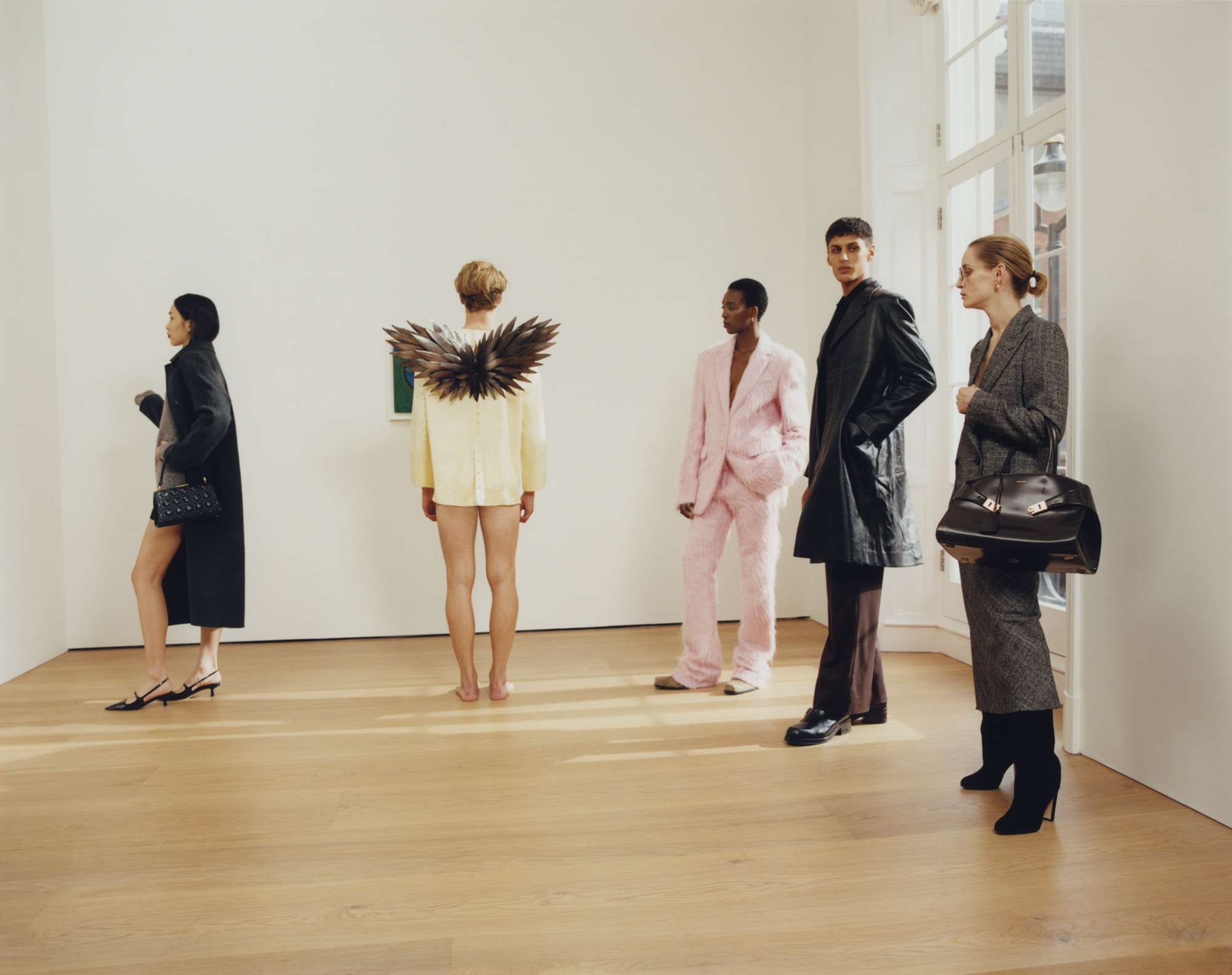 The story of fashion in 2023, as captured in pictures from the pages of Wallpaper*
The story of fashion in 2023, as captured in pictures from the pages of Wallpaper*From Miu Miu knickers, archival Chanel and Loewe angel wings to designer debuts, exits and anniversaries, the definitive fashion moments of 2023 as told through the pages of Wallpaper*
-
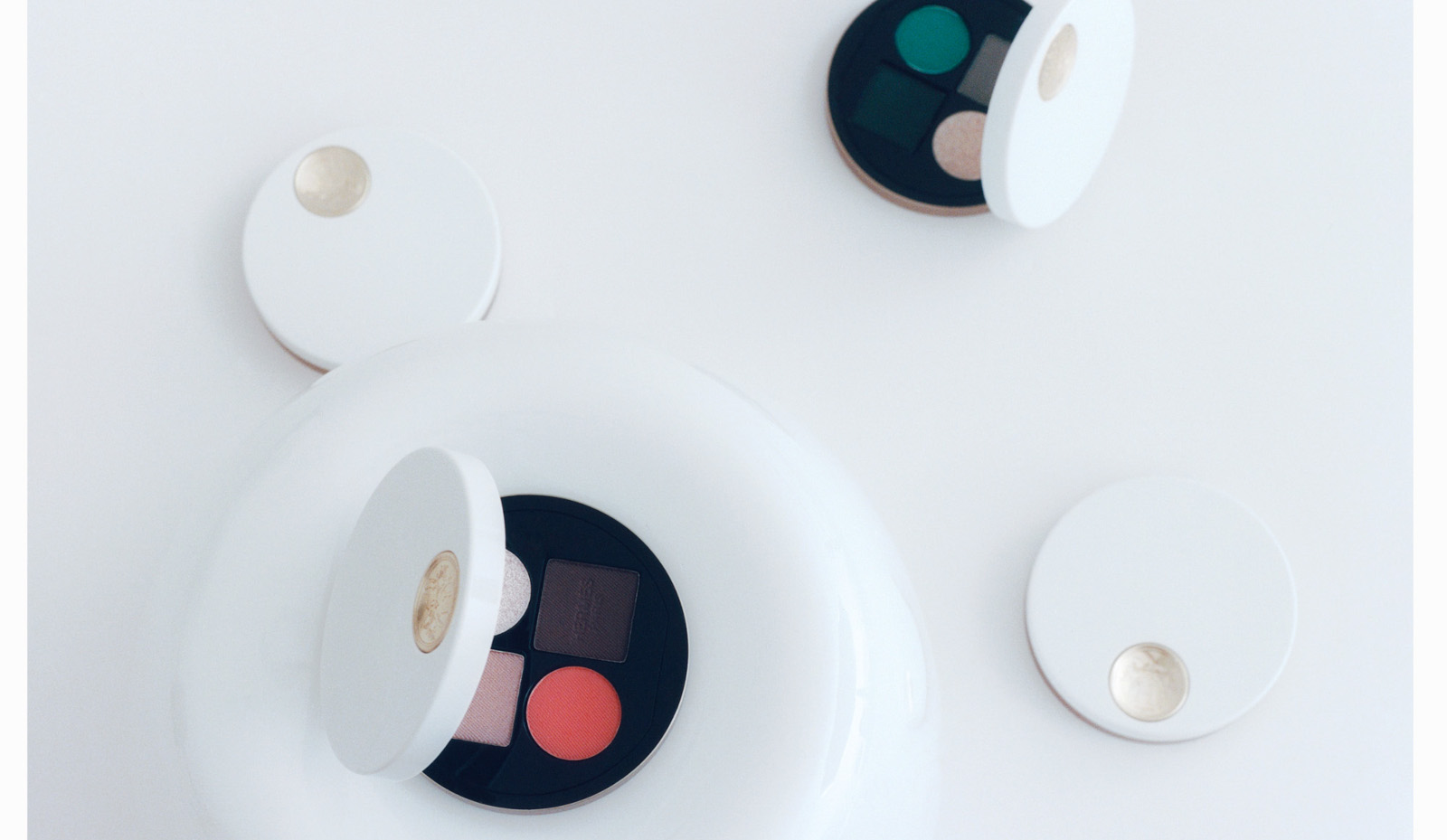 Boxing Day: seductive beauty packaging from the past year
Boxing Day: seductive beauty packaging from the past yearOn Boxing Day, we reflect on some of the most seductive beauty packaging of 2023, from Hermès to Rabanne
-
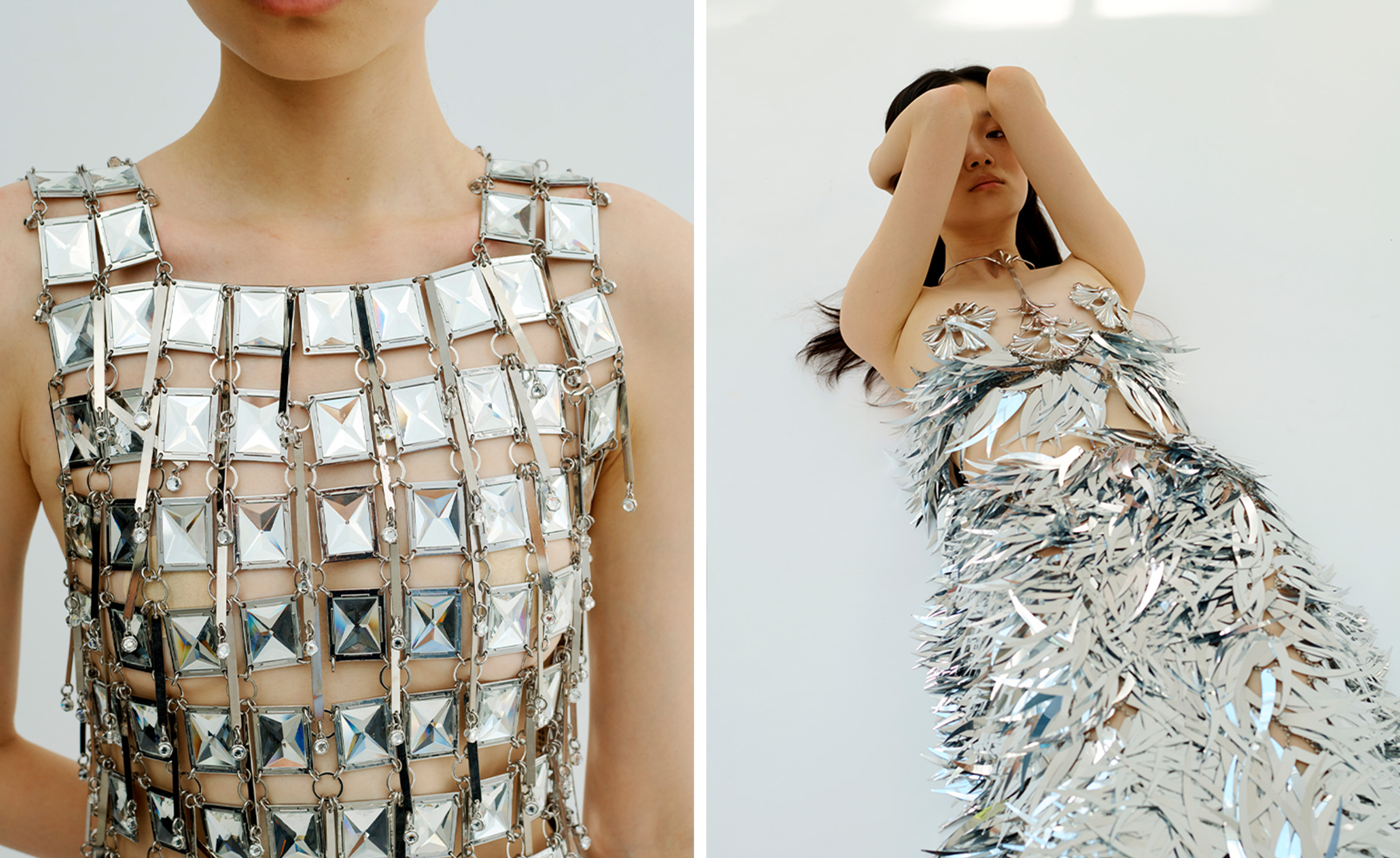 Year in review: top 10 fashion interviews of 2023, as selected by Wallpaper’s Jack Moss
Year in review: top 10 fashion interviews of 2023, as selected by Wallpaper’s Jack MossFrom rare glimpses inside Chanel, Hermès and Jil Sander, to spending time at home with Margaret Howell, these are the stories behind the figures who have defined a year in style
-
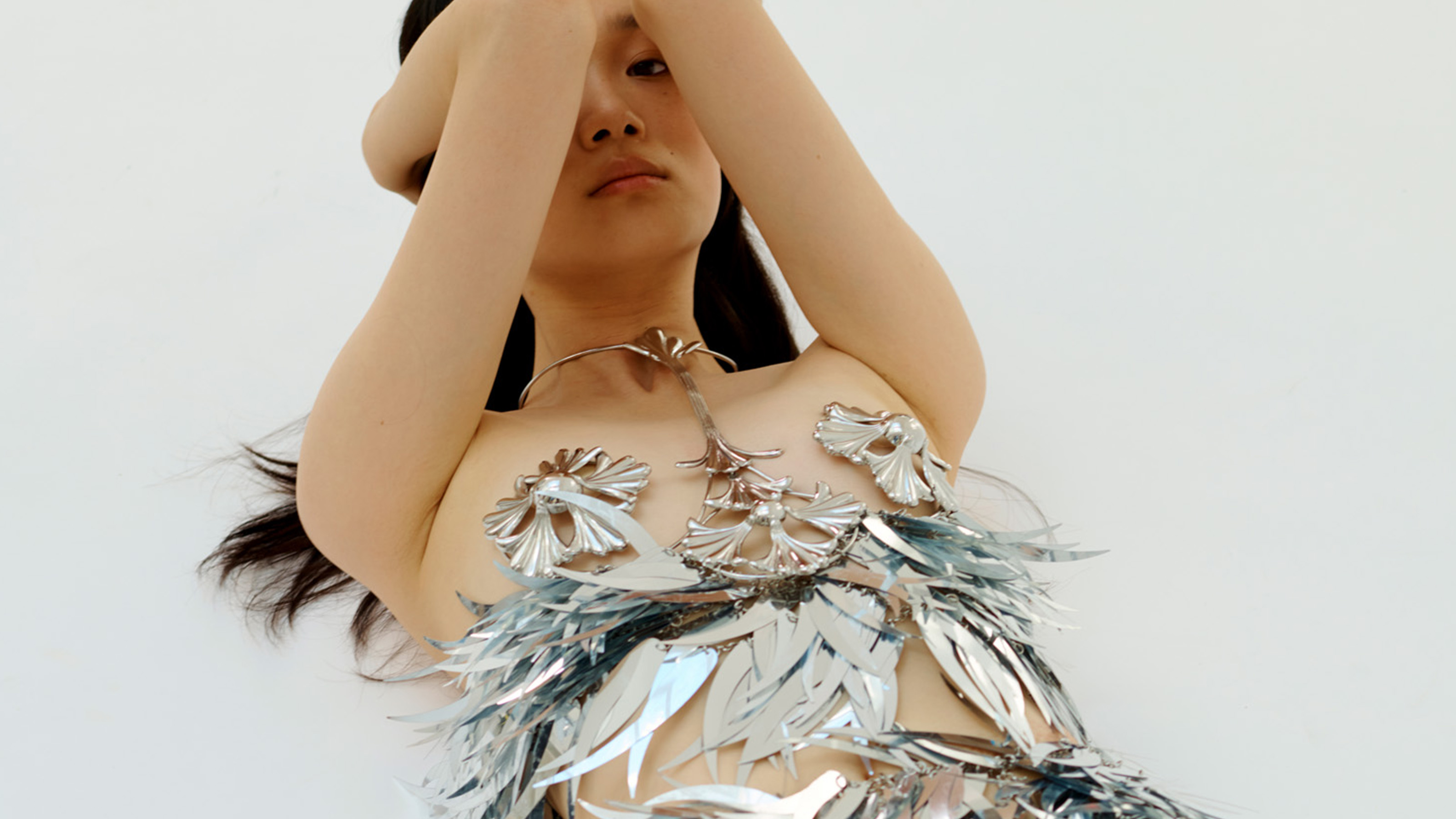 The evolution of Rabanne
The evolution of RabanneOnce known for its futuristic couture, 1960s-founded fashion house Rabanne is evolving under the creative direction of Julien Dossena, but remains true to its founder’s avant-garde legacy
-
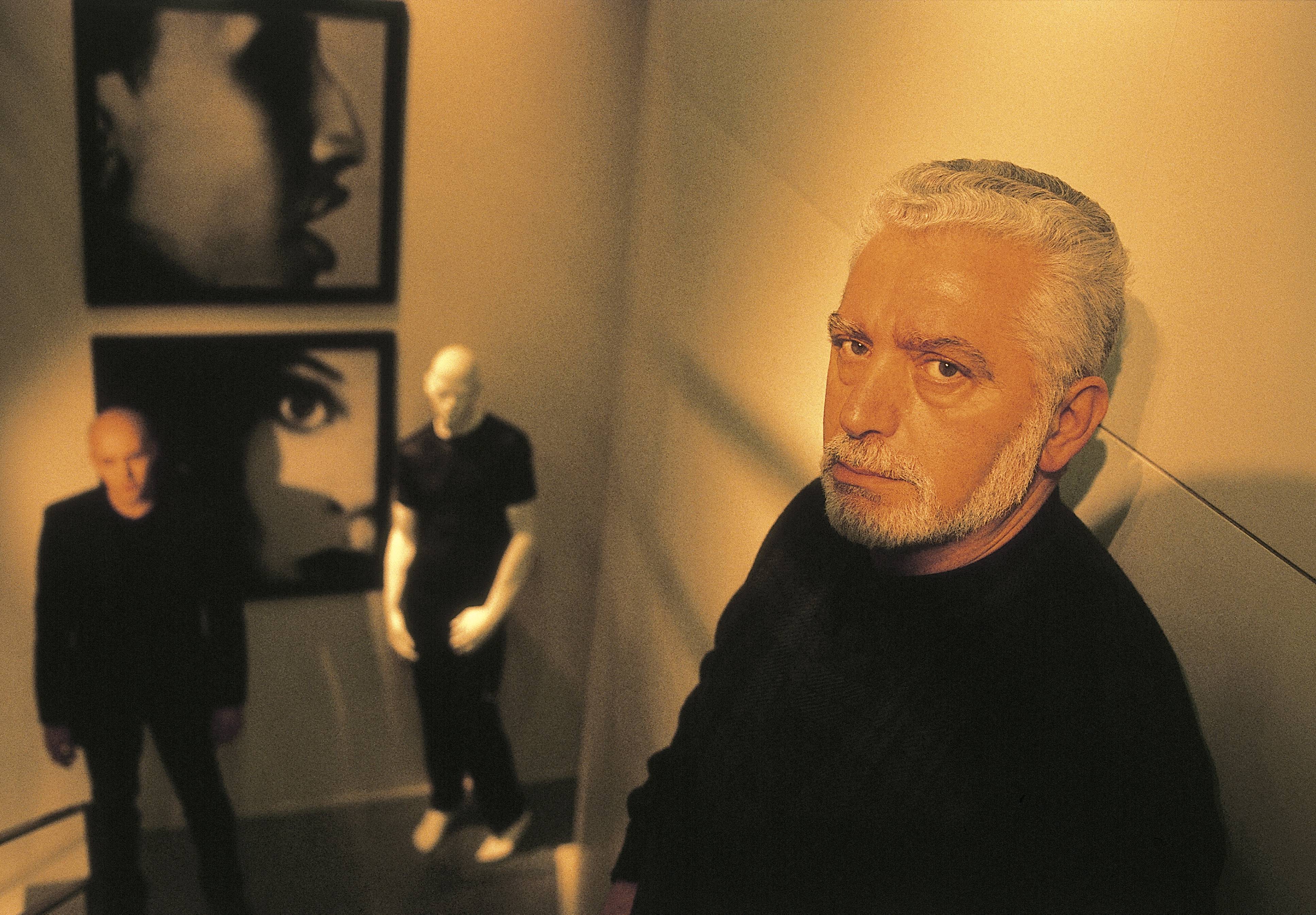 In memoriam: Paco Rabanne (1934 – 2023)
In memoriam: Paco Rabanne (1934 – 2023)Spanish designer Paco Rabanne, known for his visionary ‘Space Age’ fashion and experimental fragrances, has died aged 88
-
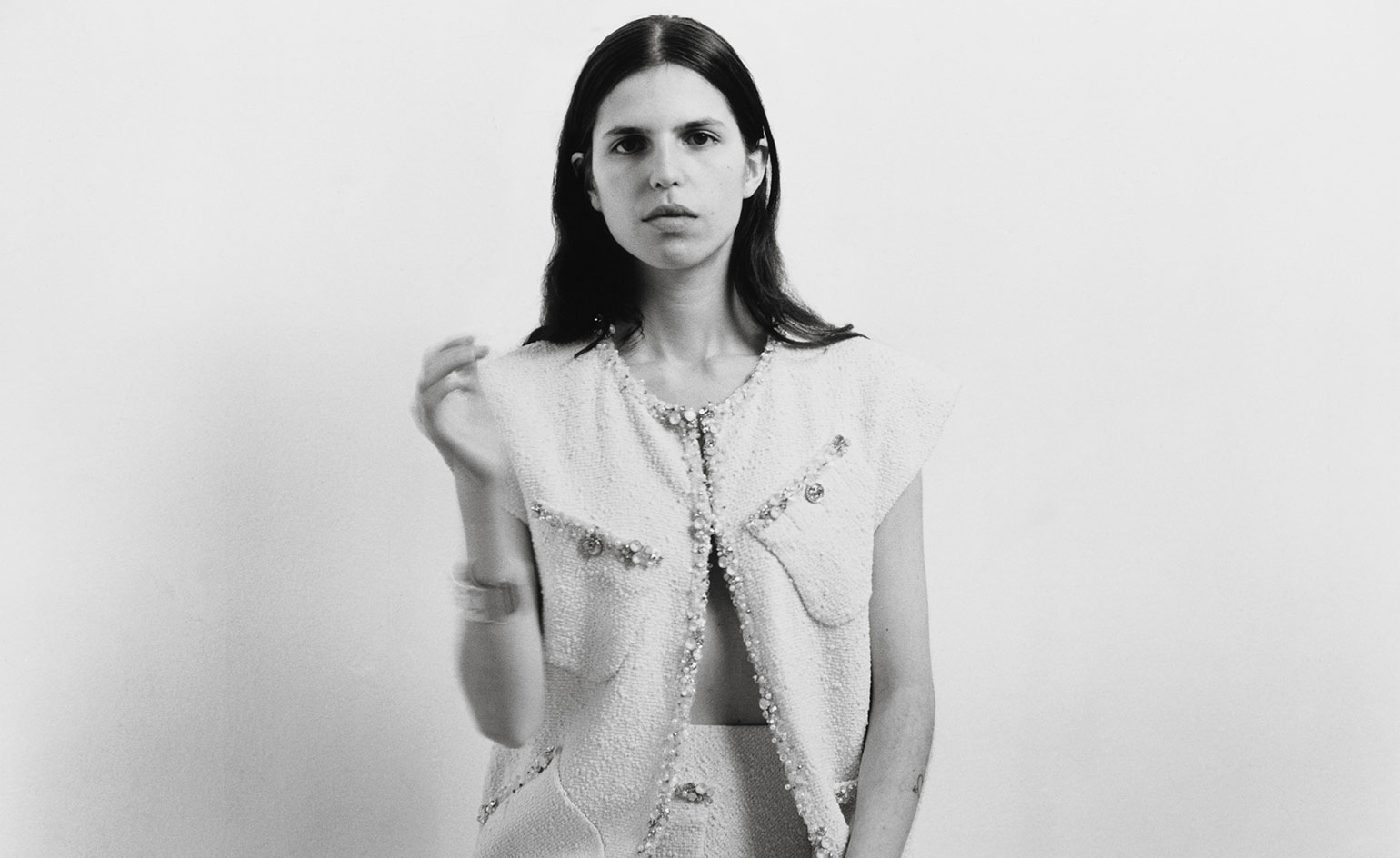 Women's jackets: how to stand out in style this spring
Women's jackets: how to stand out in style this springWe present the women's jackets for making a style statement this season. Button up and buckle in